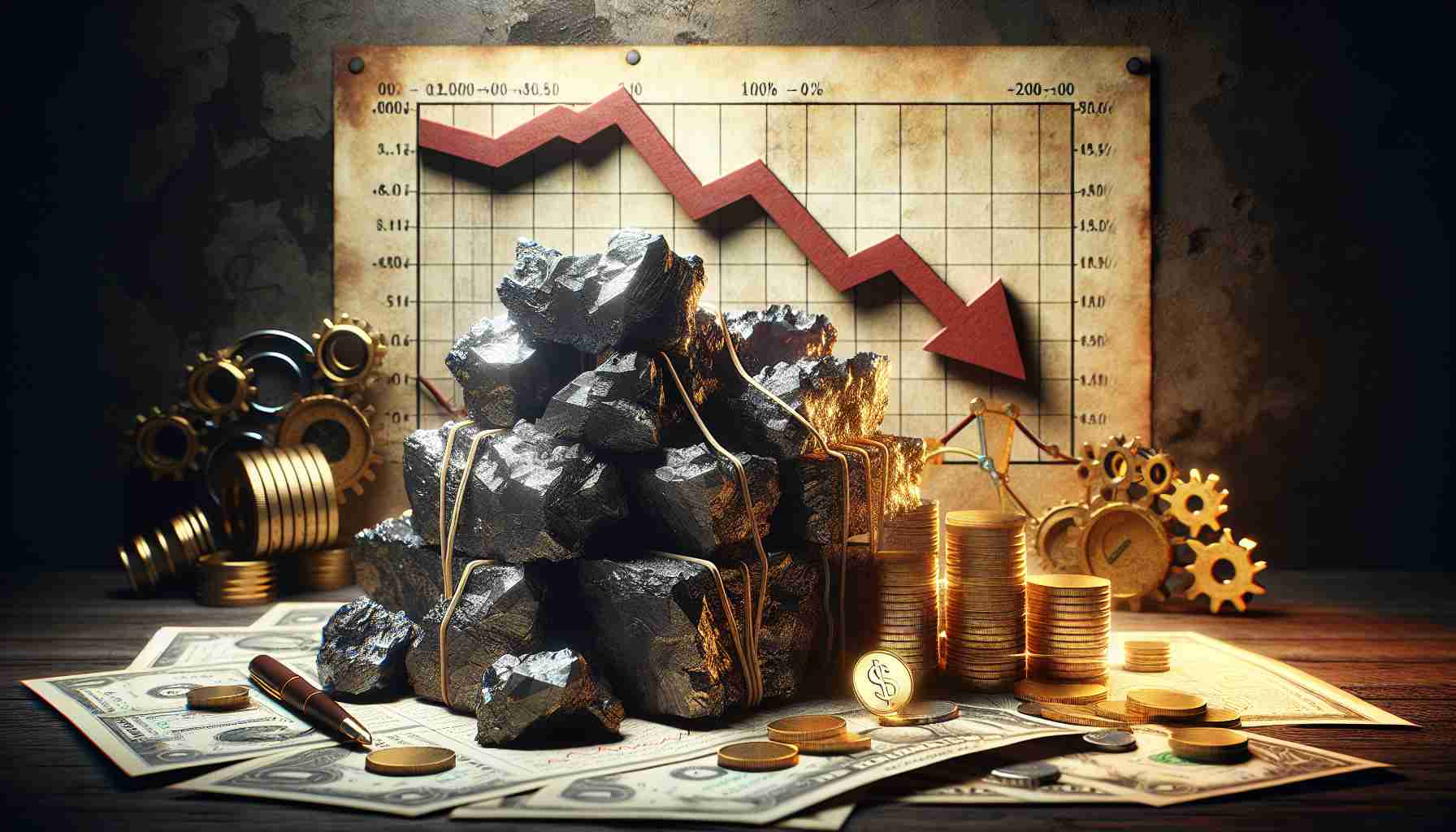Iron ore futures in Dalian hit a two-week low as major mining companies flooding the market overshadow new real estate stimulus policies in China. The main consumer, China, faces challenges as prices drop.
The most traded January iron ore contract at the Dalian Commodities Exchange saw a 3.47% decrease, settling at 766.0 yuan (107.54 dollars) per metric ton by mid-morning. This decline comes after a previous 3.84% drop, hitting 762 yuan, marking its lowest point since September 30.
In contrast, Singapore’s November iron ore benchmark experienced a 2.33% decrease, reaching 102.3 dollars per ton. Despite initiatives sending waves of encouragement, market dynamics continue to influence prices negatively.
Investors and analysts are closely monitoring the situation as the iron ore market navigates through this challenging period. The delicate balance between supply and demand, coupled with external economic factors, creates a complex environment for stakeholders to navigate.
Additional Factors Impacting Decrease in Iron Ore Prices
Iron ore prices continue to face downward pressure despite various stimulus measures and market dynamics. While the article highlighted the challenges faced by China as the main consumer, there are additional factors contributing to the decline in prices that are worth exploring.
New Mining Developments: The expansion of iron ore mining operations in countries like Brazil and Australia has increased global supply, putting further strain on prices. The influx of iron ore into the market from these regions has played a significant role in driving prices down.
Transportation Costs: Rising transportation costs, including freight rates and logistics expenses, add to the overall cost of iron ore. These expenses can impact the competitiveness of iron ore producers and influence pricing in the market.
Global Economic Uncertainty: The lingering uncertainties surrounding global economic conditions, including trade tensions and geopolitical risks, have dampened demand for iron ore. Weak economic indicators in key consuming regions have contributed to the subdued market sentiment.
Environmental Regulations: Increasing emphasis on environmental sustainability and regulatory compliance has led to additional costs for iron ore producers. Implementing eco-friendly practices and meeting stringent environmental standards can elevate production costs, affecting the overall pricing of iron ore.
Key Questions and Challenges:
1. How are mining companies adapting to the changing market dynamics?
– Mining companies are exploring cost-cutting measures and efficiency improvements to mitigate the impact of falling prices.
2. What role do government policies play in supporting the iron ore industry?
– Government interventions and policies aimed at stabilizing prices and ensuring sustainable mining practices can shape the future of the industry.
3. What are the implications of long-term price declines on stakeholders?
– Long-term price declines can pose challenges for mining companies, investors, and economies heavily reliant on iron ore exports, impacting employment and economic growth.
Advantages and Disadvantages:
– Advantages: Lower iron ore prices can benefit steel producers and industries reliant on steel inputs, potentially leading to cost savings and improved competitiveness.
– Disadvantages: Declining iron ore prices may negatively impact mining companies’ profitability, investment in new projects, and overall economic growth in resource-dependent regions.
For further insights on the iron ore market and related developments, visit mining.com. This resource offers in-depth analysis and news updates on the mining industry and commodity markets.
